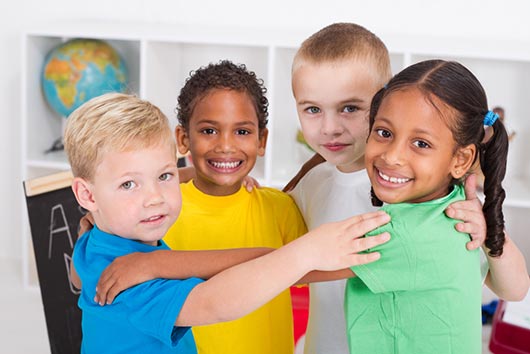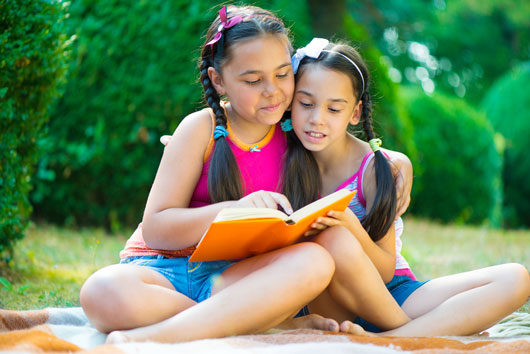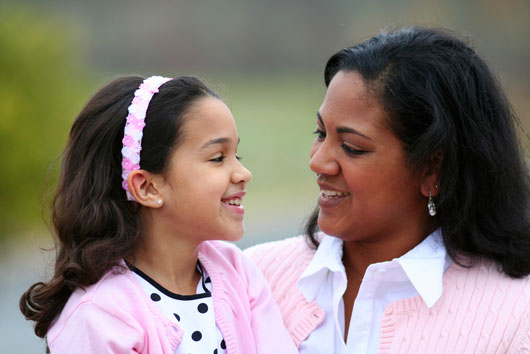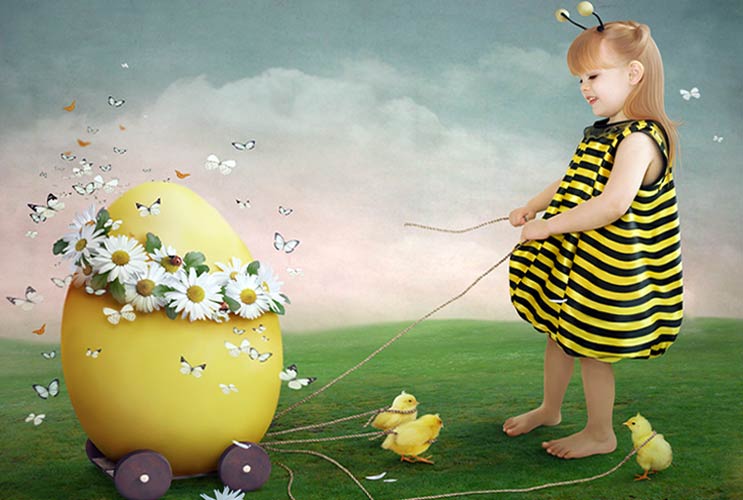
The U.S. has always been known as the melting pot, for its ability to welcome individuals from every country on earth and have them come together as one nation. However, sometimes people take this idea in a different way and assume it means newcomers must give up their heritage. America is not called the “vaporizing pot,” where different cultures just disappear into the mix.
For the U.S. to truly work as a melting pot, we all need to contribute part of who we are, melting our backgrounds together until the contents of the pot—our national culture—has changed into something new and better that we feel is part of ourselves also.
So let’s not give up our Latino traditions. Instead, keep them alive by teaching Latino traditions to our children. Here are three reasons why this is so important.
REMEMBER WHERE WE CAME FROM
The values, beliefs, and behaviors we grew up with are a part of who we are. By teaching our children about them, we help them understand who we are and where we come from, enabling them to value us even though we may be very different from the moms and dads of their schoolmates or friends.
Teaching Latino traditions to our children also helps them relate to the relatives we left behind in our native country. This helps keep out kids connected to their distant cousins, grandparents, and other relatives.
Tip #1: Encourage your kids to communicate with relatives in your native country. They might become pen pals with their cousins, call their abuelita on the phone, or travel for a visit, whatever works. This will not only allow your kids to practice their Spanish but also help them learn about Hispanic culture through the daily lives and memories of their relatives.
Skype or use Google Hangouts at least once a week to chat with them. Put a face to their names and start saving for a fabulous adventure to the country of your heritage. We personally travel for a month every other year to Colombia to visit my sister and her kids. This makes our son feel connected to his Latino heritage, and at the same time helps him improve his Spanish tremendously.
Tip #2: Celebrate Latino holidays. Try to celebrate all the important holidays just as people would in Latino countries. Infuse your Christmas, Easter, and Halloween celebrations with traditional Latino foods and decorations. Make some celebrations unique by celebrating holidays most Americans don’t, such as Three Kings Day or various national independence days.
Read Related: Mixing Traditions for a Merry Bicultural Christmas

GIVE OUR KIDS THE RIGHT INFORMATION
With Latino holidays like Day of the Dead entering mainstream American culture, it becomes important to make sure our children understand the real meaning of such holidays and celebrations. If we don’t spend time teaching Latino traditions at home we risk everything our kids know about their heritage coming from American pop culture.
Tip #1: Find good books. Many excellent books for children of all ages have been written to help teach Latino culture. Read the books with your kids or let them read on their own, but make sure you discuss the books with them to answer any questions they may have.
Tip #2: Make authentic crafts. Just about every Latino holiday comes with a fun crafts project for kids, from sugar skulls for Day of the Dead to cascarones at Easter. Kids can have fun making the crafts and learn something at the same time.

PROMOTE SELF-ESTEEM
Experts believe having a feeling of identity as part of a family and a culture plays a major role in kids’ self-esteem. By teaching Latino traditions at home and showing pride in your heritage, we can help our little ones develop a strong sense of self and good core values.
Tip #1: Share traditional foods at school. Encourage your child to bring traditional Latino foods to share at school on holidays, on his birthday, or for an event like a bake sale. We repeatedly take advantage of “Share a Dish Day” at the school to bring empanadas and pandequesos, which are typical Colombian foods. I’ve had several parents approach me about the foods because they want to know more about them!
Tip #2: Speak Spanish with your child at home and in public. We bring the culture outside of the home to avoid creating feelings of shame or awkwardness. When raising bilingual children, be firm with them about practicing their Spanish. Try to insist that they respond to you in Spanish when you speak in Spanish, and don’t reserve Spanish just for the home or you may risk it beginning to seem like a private activity. If we want our kids not to feel nervous or awkward about using their Spanish with people outside the family, then you must encourage Spanish speaking.
These are simple tips you can take and use right away. They do require some conscious decisions of your part to make them happen.












